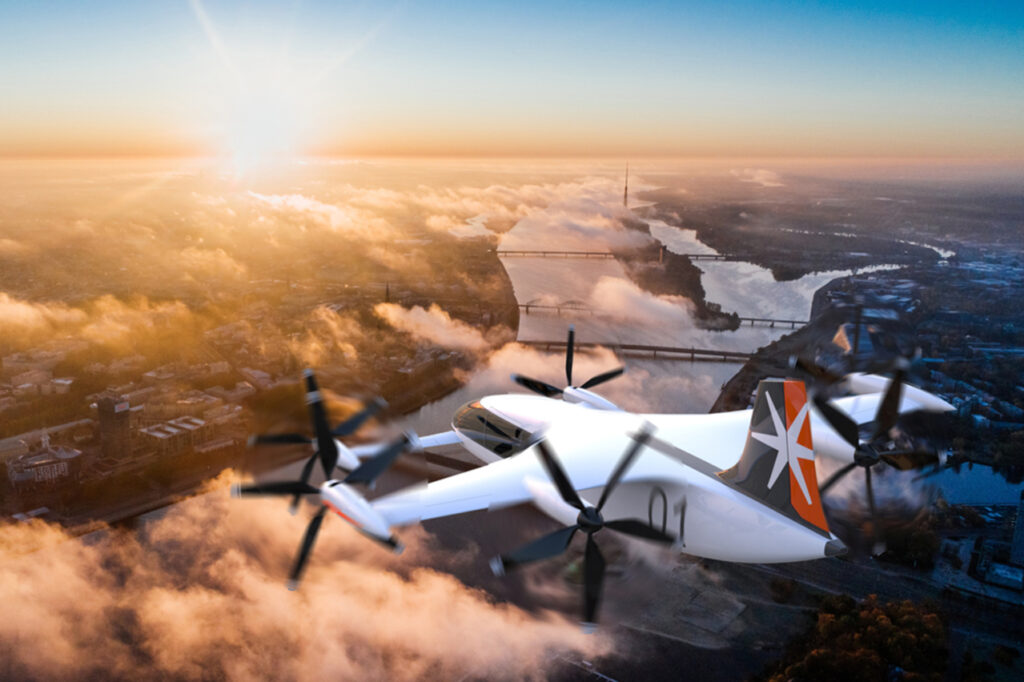South Korean Advanced Air Mobility (AAM) developer PLANA has officially established its U.S. branches in Silicon Valley and Irvine, California. PLANA is a hybrid-electric AAM aircraft company based in South Korea.
The establishment of the U.S. offices is to facilitate the FAA certification process of the company’s AAM aircraft and expand into the global markets.
The company will also continue to partner with other American companies to expand the ecosystem for its AAM aircraft.
The FAA certification process
FAA certification is a process that verifies the airworthiness of all parts, including design, as well as the type and production qualification of the airframe as a passenger aircraft.
In the U.S., electric vertical take-off and landing (eVTOL) aircraft are also required to meet the safety standards applicable to large transport class aircraft, and all certification processes must be completed before the product can be marketed and exported to the US and other countries.
“FAA certification is one of the most important processes for companies in the aerospace industry,” said Braden J. Kim, CEO of PLANA.
“With the establishment of the U.S. subsidiary, we plan to increase our interactions in the newly created AAM market as well as FAA certification.”
[monsterinsights_popular_posts_inline]
The Plana hybrid-electric aircraft
PLANA is developing an aircraft that uses sustainable aviation fuel in its turbogenerator-based serial hybrid powertrain, and thereby reduces carbon dioxide emissions by more than 80% compared to existing helicopters.
Its aircraft can operate over 500km with 5 people including a pilot. The company is currently conducting test flights and verification of a scaled-down aircraft that is 1/5 the size of an actual aircraft.
The company plans to participate in the Grand Challenge (K-UAM) demonstration project conducted by the Ministry of Land, Infrastructure, and Transport in the second half of this year.
What is Advanced Air Mobility (AAM)?
Advanced Air Mobility (AAM) is a term used to describe the next generation of air transportation systems that go beyond Urban Air Mobility (UAM).
While UAM focuses on the transport of people and goods in urban areas, AAM is a broader concept that encompasses a wider range of use cases, such as regional transportation, intercity travel, and even air taxis.
AAM vehicles are typically larger and more sophisticated than UAM vehicles, and are designed to operate over longer distances and at higher altitudes.
They may also be powered by more advanced propulsion systems, such as hybrid or hydrogen-electric power, that offer increased efficiency and lower emissions.
AAM has the potential to revolutionize air travel by offering faster, more efficient, and more sustainable transportation options that can help to reduce congestion and emissions in both urban and rural areas.
For example, AAM vehicles could be used to transport people and goods between cities, reducing the need for long-distance road or air travel.
However, like UAM, the development and implementation of AAM also poses significant challenges. These include developing the necessary infrastructure, such as charging and refueling stations, as well as addressing regulatory issues and ensuring safety and reliability.
Despite these challenges, AAM is seen as a promising new field that has the potential to transform the way we travel and move goods in the coming years.
As technology continues to advance and new players enter the market, we can expect to see significant growth and innovation in the AAM sector in the years to come.









